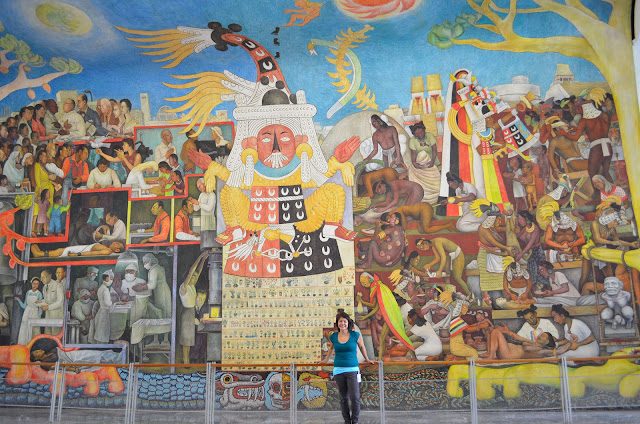My Dissertation. It feels great to say that!
This post is to simply go off on the fact that I am writing a dissertation.
👏👏💖
For first generation students and grad students, this is an amazing accomplishment and we should all just take a minute, pinch yourselves, and feel good about being in the moment writing your dissertation. Si se puede!
https://npg.si.edu/object/npg_NPG.2015.23
Barbara Carrasco's print of Dolores Huerta from 1999 is an inspirational image that continued to influence how I see myself as Chicana or Xicana, and it helped me understand what it means to identify as such. For a long time, prior to entering my academic journey in Chicana/o Studies I was unsure about identifying as Chicana. My parents are Mexican, I was raised in Watsonville where there are a lot of Mexican American, Mexican, Indigenous, and Hispanic identifying people so I thought this was a natural thing to do. But, I struggled because I did not understand the context and I did not agree with everything César E. Chávez said or did.
Yes he was a known heroic and revolutionary figure but he was also heavily criticized. Especially in Watsonville, since we were not involved with the UFW struggle as much as the central valley, sometimes I thought because strawberries and berries were a luxury fruit, where the conditions of working were considered nice or pleasant. I mean to pick strawberries in the fields near the ocean was not that bad. Right? No, not really. There was a sort of blind spot from the media and from the greater farmworker movement in Watsonville about the human rights for workers near the central coast. I always felt off by this reality being a local and knowing families and friends who worked the fields.
What did the Chicano Movement actually do for my hometown of Watsonville? Why do we as Hispanic, Chicano, Mexican American, or whatever have to identify as Chicano or Chicana? Does this all represent me? It was tough to get answers then, but as I continued educating myself about the history, the people, and artists involved I realized why I decided to agree. Did I know then, as a young adolescent that I would be in a Ph.D. program one day writing into history all this? No, not one bit.
Yes, I am Xicana or Chicana. I will explain in another post, but I am influenced by Ana Castillo and other Chicana/x feminists as to why the use of the "X" and I identify as cis female so that is why I write it as Xicana. However, the spelling of Chicanx and Latinx is more nuanced and recently adopted in academia, I agree with it but also I don't want to simply use it because it is gendered neutral. I use it when I intend to write and discuss about the queer and LGBQTAI+ community. I don't just use it to be politically correct. Whatever connects to you will make sense. Don't use terminology just because its cool or the "in" thing to do now. This I plan to continue in my own research and writing, make the effort and include the voices and experiences of all but be true to myself and who I am.
Carrasco's print made me think outside the political and social movement to consider the cultural impact of the Chicano Movement. I contemplate my research questions all the time. I also incorporate artworks that force me to think deeply about the contextualization of the Chicano Movement. How are women, womxn, and Indigenous people represented in Chicano art and murals? What is the known history of Chicana/x and Latina/x muralists and artists from the Chicano art movement? What are the legacies of Chicano/a/x artists and muralists? Whose voices and experiences are silenced? Whose are visible and amplified?
Activists like Dolores Huerta are manifestations of a movement, the phrase "si se puede" was originally said by Huerta and then in my lifetime became a political slogan for the first African American presidential candidate (back in 2008) Barack H. Obama. As I left my undergraduate experience at UC Santa Cruz, I realized I was politically inclined and cared about my own political self. Did that relate to being Chicana or Chicano? This political impulse or will to be actively engaging? I think so.
My own Xicana feminist approach to Chicano muralism and Chicana/o art history. My dissertation. My dissertation. My dissertation. That sounds awesome.💓
Barbara Carrasco's mural L.A. History: A Mexican Perspective (1981), will be featured in my dissertation. This portable mural also impacted my understanding of why I identify as Xicana.
The next post will elaborate on this point. But for now, I just want to absorb all the excitement and bliss of knowing I will be writing about artists like Barbara Carrasco. My dissertation is a comprehensive study on the Chicano mural movement focusing on women and womxn muralists since the beginning. This is happiness.
Saludos,
Gaby



